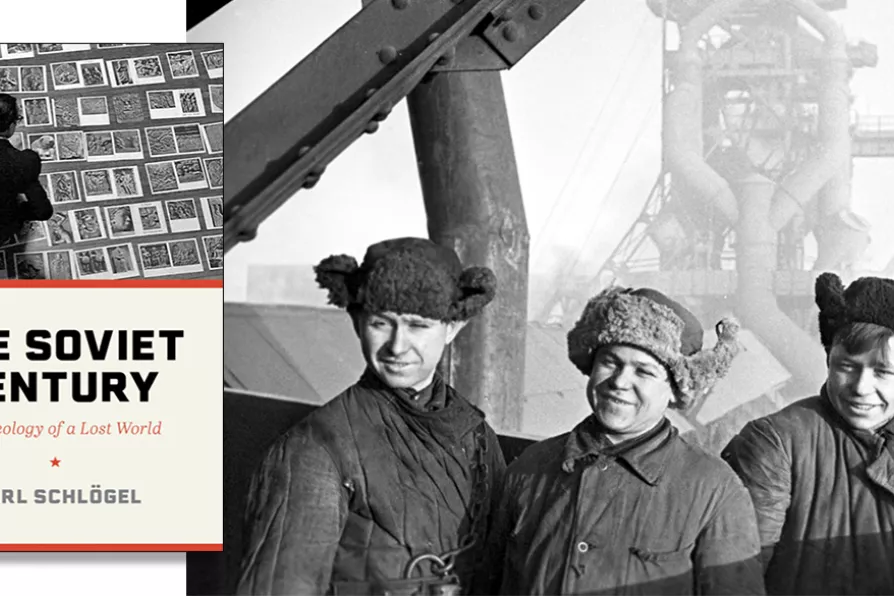MARIA DUARTE picks the best and worst of a crowded year of films

 Komsomol members at the construction of the sixth furnace of the Magnitogorsk Metallurgical Combine in 1943
[Ivan Shagin/RIA Novosti/CC]
Komsomol members at the construction of the sixth furnace of the Magnitogorsk Metallurgical Combine in 1943
[Ivan Shagin/RIA Novosti/CC]
The Soviet Century – Archaeology of a Lost World
by Karl Schlogel
Princeton University Press
SINCE the end of the Soviet era, there has been many a book documenting its rise and fall and inevitably a lot of these have taken a fittingly political and historical approach.
Their quality, however, leaves much to be desired. All too often they have been hastily put together cold war-style pot boilers and cliché-ridden end of history rehashes.
More recently, however, there have been a number of other books, many lavishly produced, which have started to try to capture people’s lived experience of actually existing socialism, documenting everything from Red Army monuments to the murals on the Moscow metro. Writers like Owen Hatherley have also pioneered more serious studies of socialist architecture and urban planning, his well-written explorations having become particularly good examples of this new genre of considered Soviet archaeology.

RITA DI SANTO speaks to the exiled Ukrainian director Sergei Loznitsa about Two Prosecutors, his chilling study of the Stalinist purges













